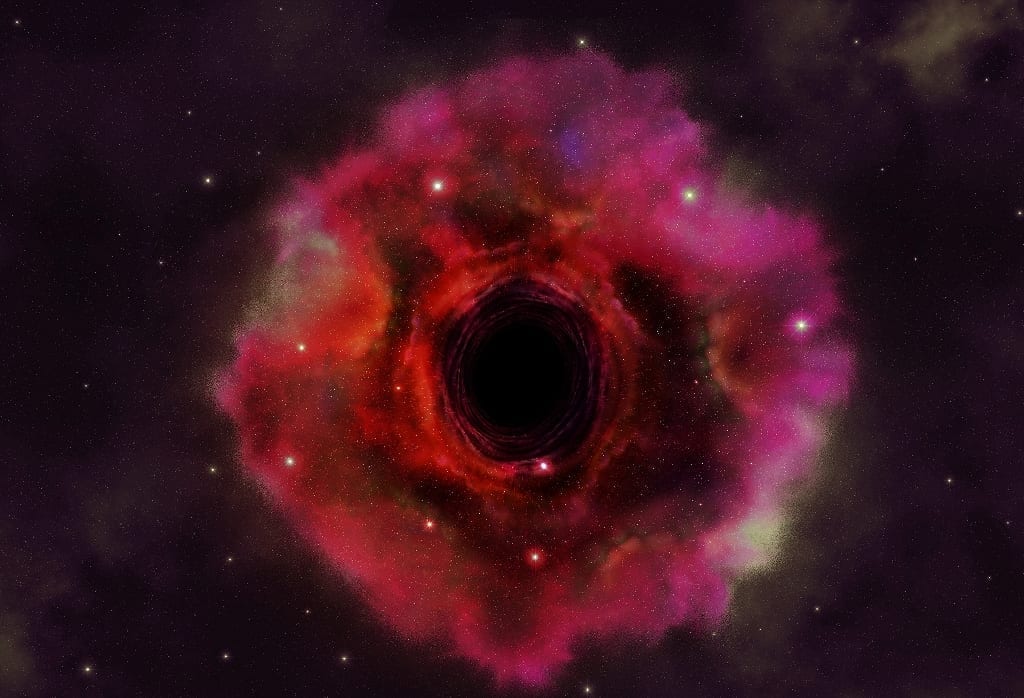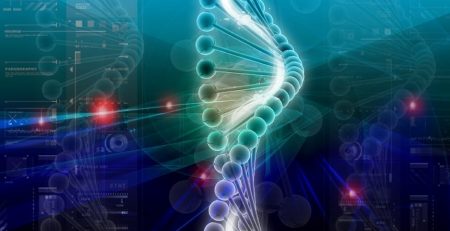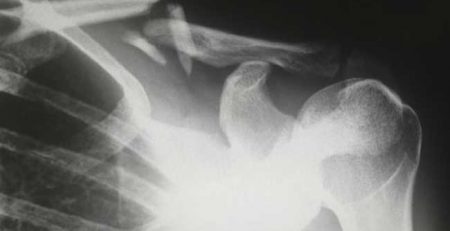Discovery of Gravitational Waves Fulfills Last Prediction of Einstein’s General Theory of Relativity
On Thursday, February 11 a team of scientists from the California Institute of Technology and the Massachusetts Institute of Technology announced that they have finally detected gravitational waves, the ripples in the fabric of space-time that Einstein predicted a century ago. The waves came from two black holes circling each other, coming closer and closer together, and ultimately colliding. The team of scientists was able to collect a faint rising tone, which physicists say is the first direct evidence of gravitational waves.
The discovery of the waves excites astronomers because it opens the door to a new way of observing the cosmos, according to The Boston Globe. “Until this moment we had our eyes on the sky and we couldn’t hear the music,” said Columbia University astrophysicist Szabolcs Marka, a member of the discovery team. “The skies will never be the same.”
The team used a tool called the Laser Interferometer Gravitational-Wave Observatory (LIGO), the world’s largest gravitational wave observatory, comprised of two enormous laser interferometers located thousands of kilometers apart. It exploitsthe physical properties of light and space to detect and understand the origins of gravitational waves.
“It’s really comparable only to Galileo taking up the telescope and looking at the planets,” said Penn State physics theorist Abhay Ashtekar (not part of the discover team) “Our understanding of the heavens changed dramatically.”














